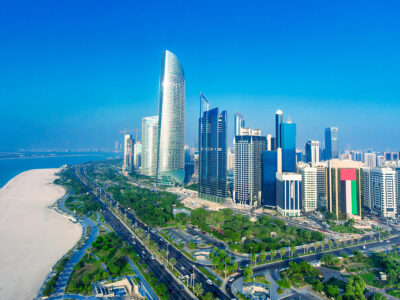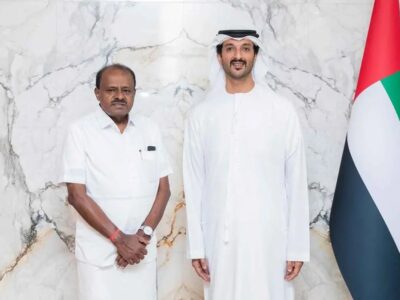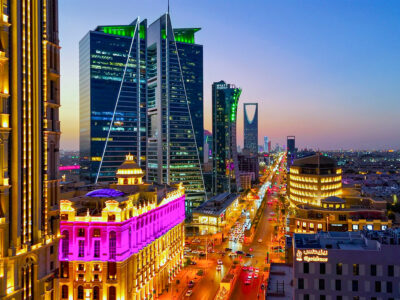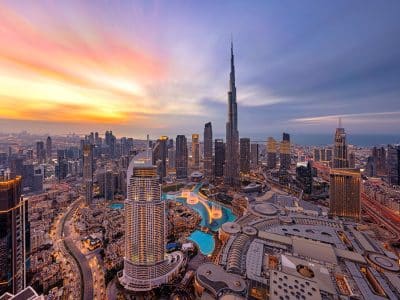If a political scientist were to write a thesis on what caused the Arab Spring, he or she could save themselves a lot of trouble and just read the 2010 Arab Youth Survey. Before the protests began in Cairo’s Tahrir Square, our survey had telegraphed all the warning signs. The calls for democracy had moved to the top of the agenda in many countries, coupled with deep concern at the rising cost of living. The gap between the rich and poor was seen as widening, and many young Arabs in countries such as Egypt expressed little faith that their nations had made any kind of recovery from the global financial crisis.
As the protests peaked in 2011, our Survey that year showed a surge in optimism: young Arabs felt their future was bright. The immediate years after the Arab Spring, however, saw those hopes fade. In later years, amid the rise of Daesh – itself a phenomenon that our Survey suggests was fuelled by a lack of opportunities for youth – a desire for security and safety replaced calls for democratic reforms. Kitchen table issues, specifically well-paying jobs and a modern education system, returned to the fore in our annual Survey.
This year, the annual ASDA’A Burson-Marsteller Arab Youth Survey turns ten. We have been accurately tracking the hopes, aspirations and fears of Arab youth for a decade now. While our first survey in 2008 was received with a mix of curiosity and suspicion, it laid the groundwork for subsequent surveys and, more importantly, caught the interest of governments, businesses and media the world over.
After all, this is a young region – 65 percent of the population of the Middle East is under the age of 30. What young people think about their futures, their careers, their families, their governments; their role models, what media they consume; how they wish to spend their money – all this is important to every government, every business and every institution operating in this complex region.
Searching questions
Surveys generally tell you one of two things: what you already know and what you should know. If our first survey, in hindsight, tended towards the former, the subsequent ones are very much the latter. Every year, we provide evidence-based insights, giving governments, the private sector and civil society institutions critical information and analysis to inform decision-making and policy formation.
Ultimately, we are gaining a better understanding of the region and, by putting the information in the public domain, we are building bridges between the Middle East and international communities, businesses and NGOs who want to know what the region’s youth really think and how they want to shape their future.
Every year, we are invited to meet with senior government and private sector decision-makers across the region and beyond to give them detailed briefings on the results. Besides the traditional launch event in Dubai, the survey is presented in political circles in DC, London, Paris, Brussels and Berlin.
The Survey today
One of the key findings this year concerns the digital revolution, which young Arabs see as the most impactful positive development over the past 10 years. If the region is to show real progress on the key concerns that thread through every single one of our 10 surveys – jobs and education – then leaders must not just embrace this revolution themselves, they must harness it to deliver the quality education and the well-paying jobs that the region’s youth so desperately need.
Youth unemployment in the region has been a dangerous constant throughout the history of our survey, stubbornly holding at 25 percent. In addition, it is not well-known that 85 million adults in the Middle East are illiterate.
This poses a tremendous problem that governments in the region must tackle seriously, because, after all, a modern education system is needed to deliver a generation of young Arabs who will be ready to take on the jobs of the future that will emerge in the Fourth Industrial Revolution.
We’re seeing real progress on this in the GCC, certainly, where governments have finally started acting on long-promised and much needed initiatives to diversify their economies from oil – their hands being forced by the crash in the price of hydrocarbons. With oil at $70 a barrel, though, it remains to be seen whether governments will have the willpower to stick to this path, and drive through sometimes painful, but extremely critical reforms.
If they did roll back these reforms, a return to the largesse enjoyed by generations before may indeed be welcomed by many. But it is the region’s long-term future that is at stake here – today’s youth may thank them for easing their burdens now, but tomorrow’s generations will never forgive them.




 Sunil John, founder of ASDA’A Burson-Marsteller and president, Middle East, of Burson Cohn & Wolfe.
Sunil John, founder of ASDA’A Burson-Marsteller and president, Middle East, of Burson Cohn & Wolfe.


